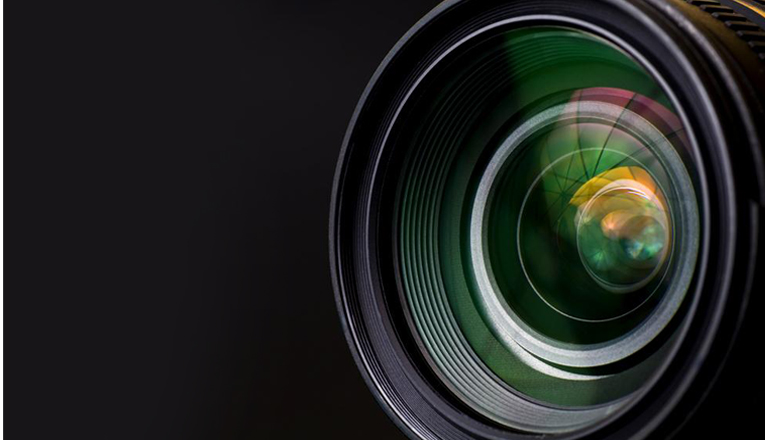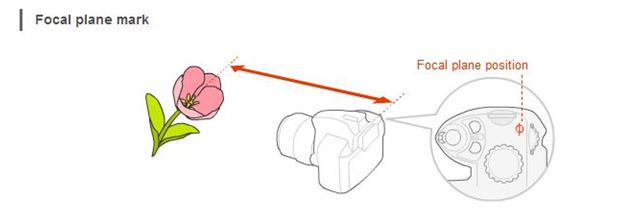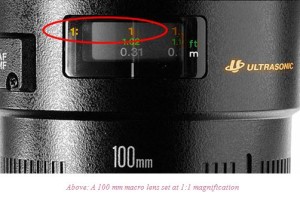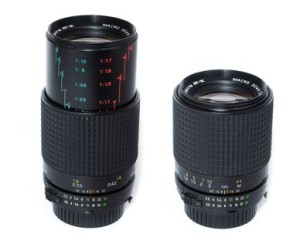
In this blog post we shall discuss about how to select the best lens for dental photography but before you proceed please make sure that you have read the our blog post on CAMERA SELECTION FOR DENTAL PHOTOGRAPHY where we had discussed about the kinds of cameras available in the market and which is the ideal camera for dental photography. We reached a unanimous conclusion that DSLR cameras are the ideal choice and that buying an entry level (start-up DSLR) gives us satisfactory results with ease of operation rather than going for a high end DSLR which is very bulky and expensive.
MOVING ON TO LENSES An ideal lens for dental photography would be the one which satisfies the following conditions:

 2.MINIMUM DISTORTION
Have you ever wondered why your nose looks bigger in some images that you took with your mobile phone camera? Well the answer to that is Phone cams are made up of wide angle lenses which give a high degree of distortion when the subject is kept very close to them. No wonder the nose which is closest to the cameras lens looks bigger and the eyes and ears appear smaller.
2.MINIMUM DISTORTION
Have you ever wondered why your nose looks bigger in some images that you took with your mobile phone camera? Well the answer to that is Phone cams are made up of wide angle lenses which give a high degree of distortion when the subject is kept very close to them. No wonder the nose which is closest to the cameras lens looks bigger and the eyes and ears appear smaller.
 This is also called “FISH EYE EFFECT”
This effect is more pronounced in ultra wide angle and wide angle lenses hence they are best avoided!
So how to avoid fish eye effect and barrel distortion?
Simple switch to the telephoto lenses.
Lenses can be placed on a focal length line as follows
This is also called “FISH EYE EFFECT”
This effect is more pronounced in ultra wide angle and wide angle lenses hence they are best avoided!
So how to avoid fish eye effect and barrel distortion?
Simple switch to the telephoto lenses.
Lenses can be placed on a focal length line as follows
 It important to note that telephoto lenses can be available in huge focal lengths like 1000 mm and more. It is however impractical to use a lens which has a focal length more than 180 mm for dental photography because more the focal length of a lens greater is the “Minimum Focusing Distance “of the lens which means that we have to stand quiet far away from the subject to shoot. In fact using a 180 mm lens for dental photography is quiet difficult because it is a very bulky lens. The problem continues even in the manufacturing process of the lens.
Since it is understood that while shooting macro we need a very short minimum focusing distance; macro lenses face a lot of difficulty in manufacturing because they are special lenses with a shorter focusing distance compared to normal lenses. A huge challenge in arranging the glass elements.
An ideal lens for dental photography would therefore be between the focal lengths of 50 mm – 180 mm. The lenses available in this range are 65 mm macro , 85 mm macro, 90 mm macro, 100 mm macro, 105 mm macro. Out of all of these 65 mm macro gives a noticeable distortion when used carelessly. It is therefore wise to stick to a focal length of 85 mm – 105 mm.
Personally I feel 100 m is the “SWEET SPOT” between achieving minimum distortion and usability in dentistry. (A thing that might interest people who are already deeper into photography is DoF or depth of field). It is important to note that an 85 mm lens will give give greater DoF as compared to a 105 mm lens … this might be an advantage to dentists who require full arch images on a routine basis as compared to single tooth images.
CONCLUSION: A 100 mm lens is a good lens for dental photography.
3.MINIMUM FOCUSING DISTANCE
The minimum focus distance is the shortest distance at which a lens can focus. In the case of digital SLR cameras, the distance to the subject is measured from the focal plane mark on the camera body, not from the front of the lens. If you try to go closer than this distance the lens will NOT FOCUS. VERY IMPORTANT PROPERTY FOR A MACRO LENS (Has to have LOW focus distance)
It important to note that telephoto lenses can be available in huge focal lengths like 1000 mm and more. It is however impractical to use a lens which has a focal length more than 180 mm for dental photography because more the focal length of a lens greater is the “Minimum Focusing Distance “of the lens which means that we have to stand quiet far away from the subject to shoot. In fact using a 180 mm lens for dental photography is quiet difficult because it is a very bulky lens. The problem continues even in the manufacturing process of the lens.
Since it is understood that while shooting macro we need a very short minimum focusing distance; macro lenses face a lot of difficulty in manufacturing because they are special lenses with a shorter focusing distance compared to normal lenses. A huge challenge in arranging the glass elements.
An ideal lens for dental photography would therefore be between the focal lengths of 50 mm – 180 mm. The lenses available in this range are 65 mm macro , 85 mm macro, 90 mm macro, 100 mm macro, 105 mm macro. Out of all of these 65 mm macro gives a noticeable distortion when used carelessly. It is therefore wise to stick to a focal length of 85 mm – 105 mm.
Personally I feel 100 m is the “SWEET SPOT” between achieving minimum distortion and usability in dentistry. (A thing that might interest people who are already deeper into photography is DoF or depth of field). It is important to note that an 85 mm lens will give give greater DoF as compared to a 105 mm lens … this might be an advantage to dentists who require full arch images on a routine basis as compared to single tooth images.
CONCLUSION: A 100 mm lens is a good lens for dental photography.
3.MINIMUM FOCUSING DISTANCE
The minimum focus distance is the shortest distance at which a lens can focus. In the case of digital SLR cameras, the distance to the subject is measured from the focal plane mark on the camera body, not from the front of the lens. If you try to go closer than this distance the lens will NOT FOCUS. VERY IMPORTANT PROPERTY FOR A MACRO LENS (Has to have LOW focus distance)
 CONCLUSION: We need a lens which has a short focusing distance as compared to a normal 100 mm lens … this is possible only by a 100 mm MACRO LENS (NOTE: It makes more sense to have shorter focusing distance even for our flash systems because shorter the distance more effective is our flash)
4.TRUE MAGNIFICATION VALUES
Probably the most important use of a macro lens in dental photography is that it provides us with magnification values.
These values can be set even before we start making images of our cases and are extremely important in maintaining standardization in dental photography, especially before and after comparisons where we do not want that before image looks radically different as compared to after image with respect to composition.
Above: A 100 mm macro lens set at 1:1 magnification
CONCLUSION: We need a lens which has a short focusing distance as compared to a normal 100 mm lens … this is possible only by a 100 mm MACRO LENS (NOTE: It makes more sense to have shorter focusing distance even for our flash systems because shorter the distance more effective is our flash)
4.TRUE MAGNIFICATION VALUES
Probably the most important use of a macro lens in dental photography is that it provides us with magnification values.
These values can be set even before we start making images of our cases and are extremely important in maintaining standardization in dental photography, especially before and after comparisons where we do not want that before image looks radically different as compared to after image with respect to composition.
Above: A 100 mm macro lens set at 1:1 magnification


